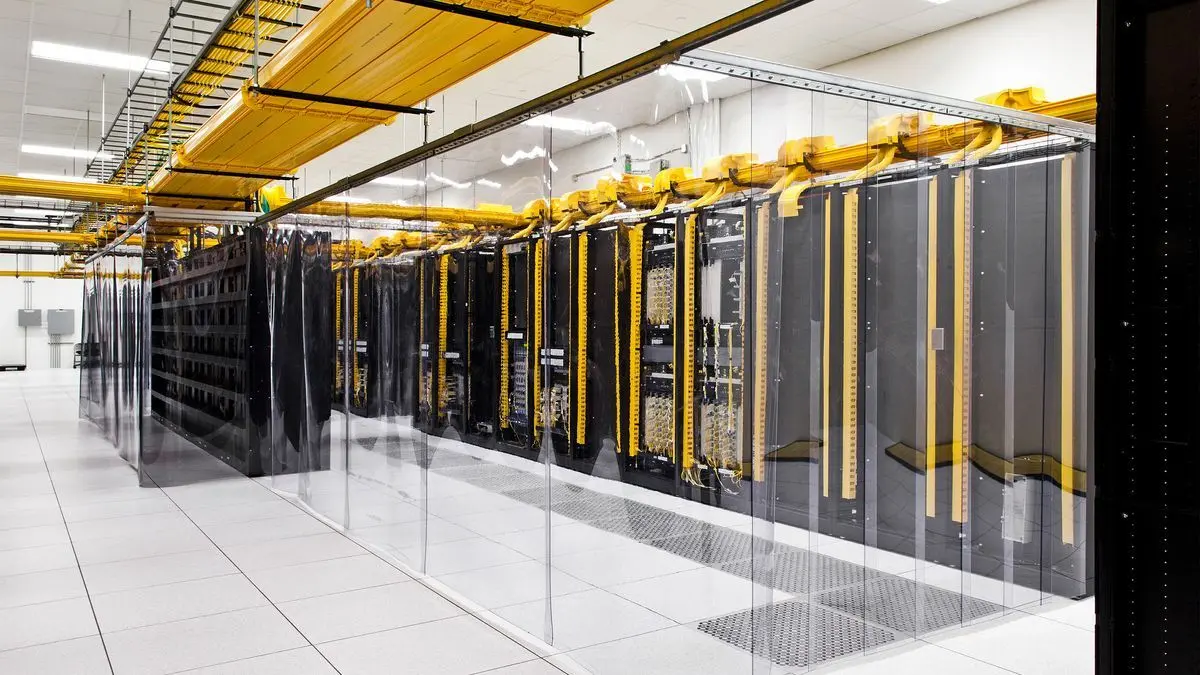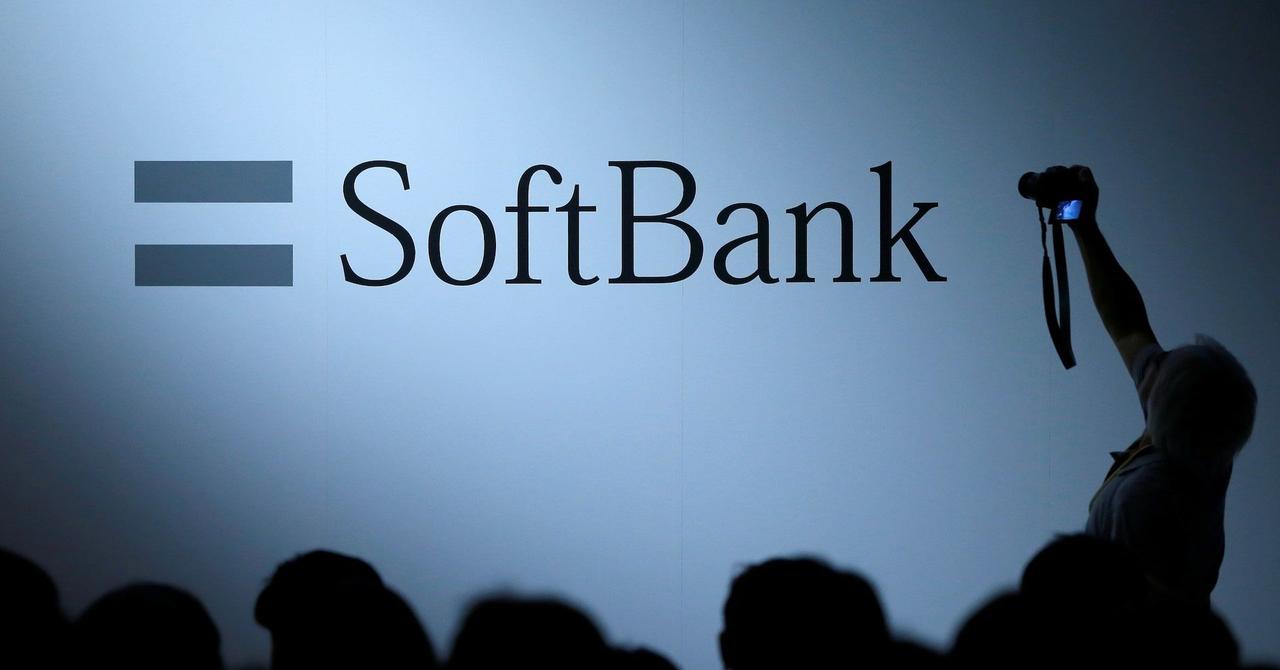EU's $30 Billion AI Infrastructure Push: Bridging the Gap with Gigawatt Data Centers
3 Sources
3 Sources
[1]
EU plans $30 billion investment in gigawatt AI data centers -- multiple sites to host 100,000 AI GPUs each as bloc plays catch-up to US and China
The European Union is the world's second-largest economy in terms of GDP, but when it comes to its place on the AI market, its position is by far not as strong. To catch up with the U.S. and China, the bloc is launching a $30 billion initiative to build a network of high-capacity data centers that can host millions of AI GPUs, reports CNBC. If successful, the EU will have gigawatt-class datacenters with performance akin to that owned by leading U.S. companies. To date, the European Union has allocated €10 billion (approximately $11.8 billion) to establish 13 AI data centers, alongside an additional €20 billion earmarked as initial funding for a network of gigawatt-class AI facilities. So far, the project has attracted 76 expressions of interest from 16 member states, covering a total of 60 potential locations, according to CNBC. Initial launches are underway, with the first AI factory expected to go live in the coming weeks and a large-scale project in Munich planned for early September. Each gigawatt datacenter is expected to require €3 to €5 billion and deliver a level of computational power far greater than existing AI data centers, potentially supporting over 100,000 advanced AI GPUs per site, according to estimates by UBS cited by CNBC. xAI's Colossus cuper cluster consumes about 150 MW of power when equipped with 100,000 H100 GPUs, so a gigawatt facility will probably be able to host many more GPUs. Perhaps, 300,000 Blackwell Ultra processors. The EU's effort, if realized, is probably one of the world's largest publicly funded initiatives in artificial intelligence, probably well below what Chinese authorities (both federal and local) have invested in AI data centers, but well ahead of what other big economies invest in their AI efforts. Henna Virkkunen, European Commission executive vice president for technology policy, told CNBC that while Europe has a strong talent base -- reportedly 30% more AI researchers per capita than the U.S. -- their limited access to computing has held back development. Building massive AI data centers is designed to solve this problem and kick-start the AI sector across the EU. Despite strong public interest, the scale and sustainability of the project remain in question. Bertin Martens of Bruegel noted that while the EU has committed taxpayer funding, it is unclear how much the public sector will invest in the project. Also, the specifications of the upcoming data centers are unclear. While the EU has access to Nvidia GPUs and other advanced AI accelerators developed in America through a trade agreement with the U.S., Martens pointed out that acquiring hardware is only the beginning. Also, running these data centers profitably and using them to create world-class AI products requires business model development, thorough planning, and interest from private companies, Martens noted. As a result, the AI buildout in Europe may be very gradual to avoid mistakes made by Chinese authorities. But perhaps power supply is the biggest concern. A single gigawatt-class data center requires an enormous amount of power, but building such generation capacity takes years. Martens cautioned that Europe's current grid infrastructure might not be ready to support such high loads, and massive upgrades will likely be needed, which will stretch schedules of the project.
[2]
Europe sets its sights on multi-billion-euro gigawatt factories as it plays catch-up on AI
Data storage tapes are stored at the National Energy Research Scientific Computing Center (NERSC) facility at the Lawrence Berkeley National Laboratory, which will house the U.S. supercomputer to be powered by Nvidia's forthcoming Vera Rubin chips, in Berkeley, California, U.S. May 29, 2025. Europe is setting its sights on gigawatt factories in a bid to bolster its lagging artificial intelligence industry and meet the challenges of a rapidly-changing sector. Buzz around the concept of factories that industrialize manufacturing AI has gained ground in recent months, particularly as Nvidia CEO Jensen Huang stressed the importance of the infrastructure at a June event. Huang hailed a new "industrial revolution" at the GTC conference in Paris, France, and said his firm was working to help countries build revenue-generating AI factories through partnerships in France, Italy and the U.K. For its part, the European Union describes the factories as a "dynamic ecosystem" that brings together computing power, data and talent to create AI models and applications. The bloc has long been a laggard behind the U.S. and China in the race to scale up artificial intelligence. With 27 members in the union, the region is slower to act when it comes to agreeing new legislation. Higher energy costs, permitting delays and a grid in dire need of modernization can also hamper developments. Henna Virkkunen, the European Commission's executive vice president for tech sovereignty, told CNBC that the bloc's goal is to bring together high quality data sets, computing capacity and researchers, all in one place. "We have, for example, 30% more researchers per capita than the U.S. has, focused on AI. Also we have around 7,000 startups [that] are developing AI, but the main obstacle for them is that they have very limited computing capacity. And that's why we decided that, together with our member states, we are investing in this very crucial infrastructure," she said.
[3]
Europe's $30B AI push targets U.S. and China's lead
With 13 AI centers underway and 60 more in planning, the EU is betting on infrastructure to power its AI ambitions The European Union has unveiled a $30 billion initiative aimed at constructing high-capacity AI data centers. This project seeks to bolster the EU's standing in the global AI market, which currently lags behind the United States and China. The initiative's goal is to establish a network of data centers capable of supporting millions of AI GPUs. To date, the EU has committed €10 billion, approximately $11.8 billion, for the establishment of 13 AI data centers. Concurrently, an additional €20 billion has been allocated as initial funding for a network of gigawatt-class AI facilities. According to CNBC, this project has garnered significant interest, attracting 76 expressions of interest from 16 member states, encompassing a total of 60 potential locations for these facilities. The initial phase of the project is already underway, with the first AI factory anticipated to become operational in the coming weeks. Furthermore, a large-scale project is scheduled to commence in Munich early in September, marking a significant step forward in the EU's AI infrastructure development. These initial projects represent a concrete manifestation of the EU's commitment to strengthening its AI capabilities. Each gigawatt datacenter is projected to cost between €3 and €5 billion. UBS estimates, as reported by CNBC, these facilities will deliver computational power significantly exceeding that of existing AI data centers. This enhanced capability could potentially support over 100,000 advanced AI GPUs per site. The scale of these facilities is designed to provide the EU with a substantial boost in AI processing capacity. Temu is now in hot water with European regulators To provide context, xAI's Colossus super cluster consumes approximately 150 MW of power when equipped with 100,000 H100 GPUs. Given this benchmark, a gigawatt facility would possess the capacity to host a considerably larger number of GPUs, potentially accommodating around 300,000 Blackwell Ultra processors. This illustrates the immense computational potential of these planned data centers. If fully realized, the EU's initiative stands as one of the world's largest publicly funded endeavors in the field of artificial intelligence. While the investment may fall short of the total expenditure by Chinese authorities at both the federal and local levels, it surpasses the AI investment efforts of other major economies. This underscores the EU's commitment to closing the gap with global AI leaders. Henna Virkkunen, European Commission executive vice president for technology policy, emphasized that Europe possesses a strong talent pool. She stated that Europe has "reportedly 30% more AI researchers per capita than the U.S." However, she noted that their development has been hindered by "limited access to computing." The establishment of these massive AI data centers is intended to address this limitation, stimulating growth across the EU's AI sector. Despite the considerable interest expressed in the project, concerns persist regarding its overall scale and long-term sustainability. Bertin Martens of Bruegel raised questions regarding the level of public sector investment, emphasizing that while the EU has allocated taxpayer funding, the precise amount of public investment remains unclear. In addition, the specific technical specifications of the data centers have not yet been fully defined. Martens also noted that access to advanced AI hardware, such as Nvidia GPUs, is only the first step. He highlighted the necessity of developing robust business models, thorough planning, and securing interest from private companies to ensure the profitable operation of these data centers and the creation of world-class AI products. These factors are crucial for translating the investment into tangible AI advancements. Power supply represents a significant concern for the project. A gigawatt-class data center demands an enormous amount of power, and establishing such generation capacity is a time-consuming process. Martens cautioned that Europe's existing grid infrastructure may lack the capacity to support such high loads. Consequently, substantial upgrades to the grid infrastructure are likely to be required, potentially affecting the project's timeline.
Share
Share
Copy Link
The European Union unveils a massive $30 billion initiative to build a network of high-capacity AI data centers, aiming to catch up with the US and China in artificial intelligence capabilities.
EU's Ambitious AI Infrastructure Initiative
The European Union has unveiled a groundbreaking $30 billion initiative aimed at establishing a network of high-capacity AI data centers, in a bid to close the gap with global AI leaders like the United States and China
1
2
. This massive investment underscores the EU's commitment to bolstering its position in the rapidly evolving artificial intelligence landscape.
Source: Tom's Hardware
Scale and Scope of the Project
The initiative comprises two main components:
- €10 billion ($11.8 billion) allocated for 13 AI data centers
- €20 billion earmarked as initial funding for a network of gigawatt-class AI facilities
The project has garnered significant interest, with 76 expressions of interest from 16 member states, covering 60 potential locations
1
. Each gigawatt datacenter is expected to require an investment of €3 to €5 billion and deliver computational power far exceeding that of existing AI data centers3
.Technical Specifications and Capacity
These state-of-the-art facilities are designed to support over 100,000 advanced AI GPUs per site
1
. To put this into perspective, xAI's Colossus super cluster consumes about 150 MW of power when equipped with 100,000 H100 GPUs. A gigawatt facility could potentially host around 300,000 Blackwell Ultra processors, showcasing the immense computational potential of these planned data centers1
3
.Addressing Europe's AI Challenges
Henna Virkkunen, European Commission executive vice president for technology policy, highlighted that while Europe boasts a strong talent base with 30% more AI researchers per capita than the U.S., limited access to computing has hindered development
2
. This initiative aims to solve this problem by providing researchers and startups with the necessary computational resources to drive AI innovation across the EU2
3
.Related Stories
Implementation and Challenges
The project's initial phase is already underway, with the first AI factory expected to become operational in the coming weeks and a large-scale project planned for Munich in early September
1
3
. However, several challenges lie ahead:- Power Supply: Gigawatt-class data centers require enormous amounts of power, and Europe's current grid infrastructure may not be ready to support such high loads
1
. - Sustainability: Questions remain about the scale and long-term sustainability of the project, including the level of public sector investment
3
. - Business Model Development: Ensuring profitable operation and creating world-class AI products will require thorough planning and interest from private companies
1
.
Global Context and Implications

Source: Dataconomy
If realized, this initiative would stand as one of the world's largest publicly funded endeavors in artificial intelligence
1
. While it may not match China's total expenditure, it surpasses the AI investment efforts of other major economies, signaling the EU's determination to become a significant player in the global AI race3
.As the project unfolds, it has the potential to reshape the global AI landscape, providing European researchers and companies with the tools they need to compete on the world stage. However, the success of this ambitious initiative will depend on overcoming significant technical, financial, and infrastructural challenges in the coming years.
References
Summarized by
Navi
[1]
[3]
Related Stories
Recent Highlights
1
Meta acquires Manus for $2 billion, adding revenue-generating AI agents to its platforms
Business and Economy

2
Nvidia locks in $20 billion Groq deal, securing AI chip rival's technology and talent
Business and Economy

3
Geoffrey Hinton warns AI job replacement will accelerate in 2026 as systems gain new capabilities
Technology








